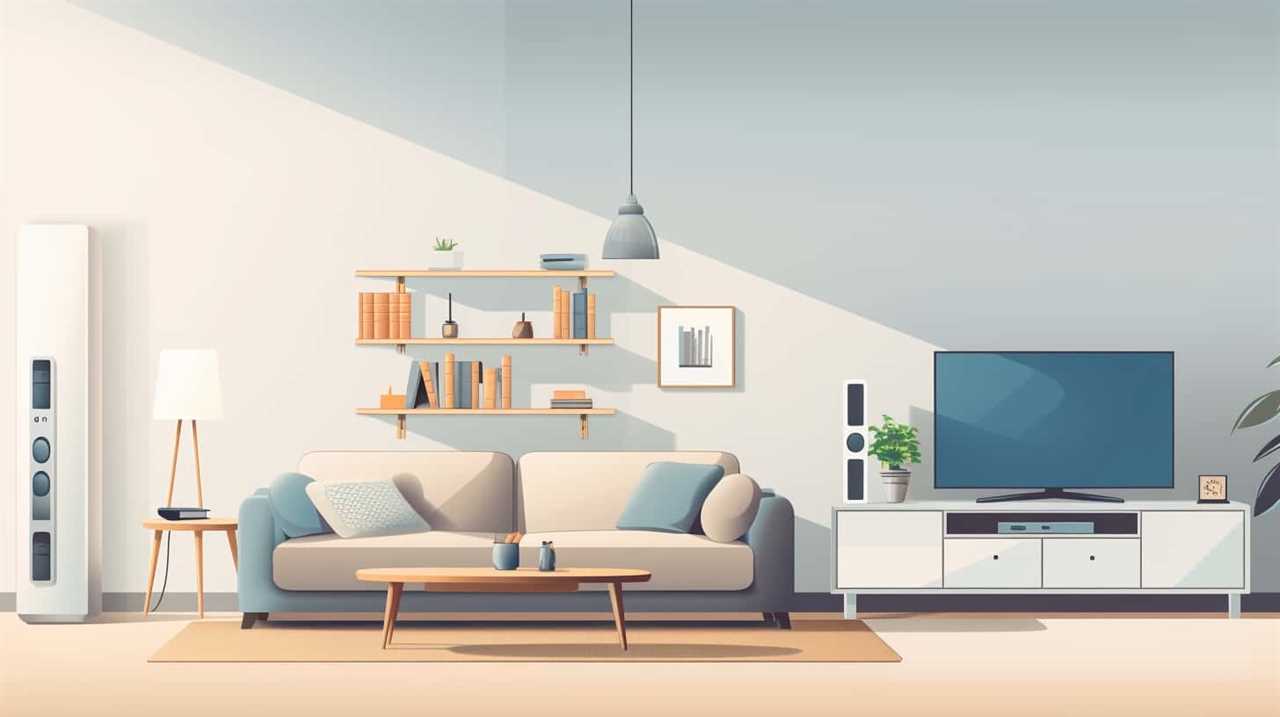Is it true that we conserve energy by switching off appliances at the power outlet?
In this article, we’ll explore the concept of standby power, debunk common myths, and examine the impact of switching appliances off.
We’ll also discuss factors that affect energy savings and provide tips for efficient energy usage.
Join us as we delve into the world of energy-saving technologies and discover how small changes can make a big difference in our energy consumption.
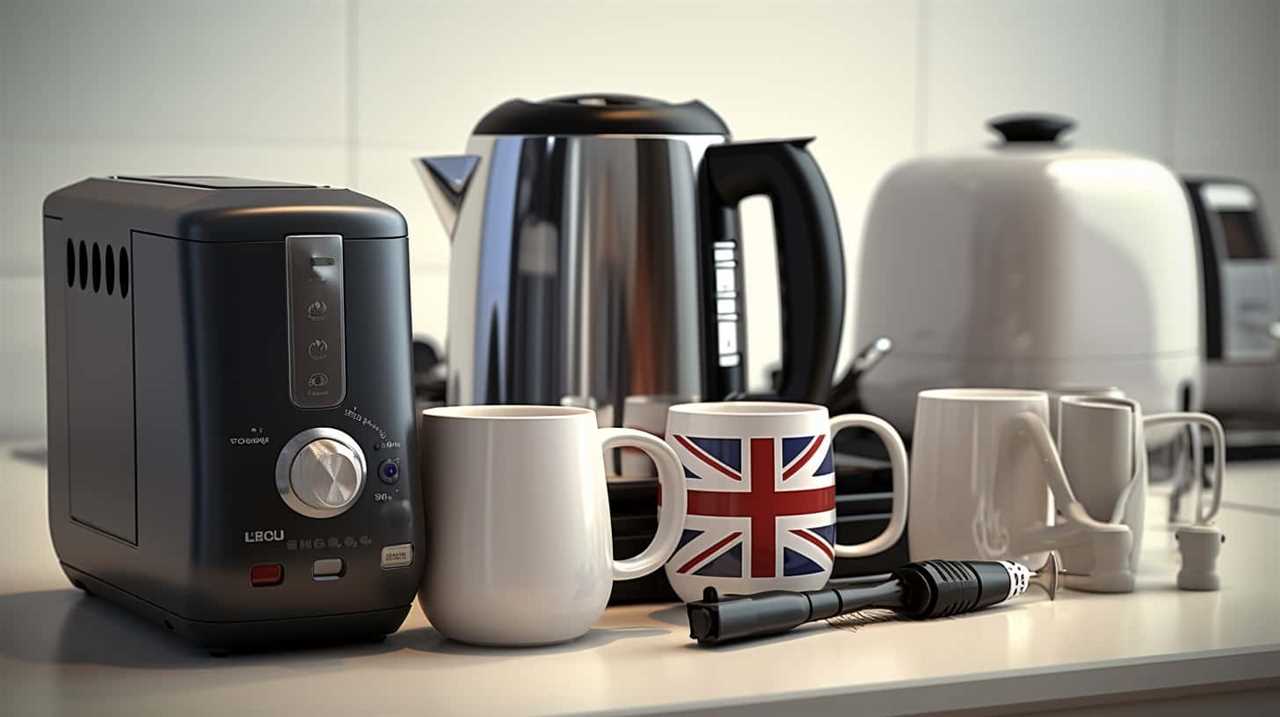
Key Takeaways
- Standby power, also known as vampire energy, refers to the electricity consumed by appliances when they’re turned off but still plugged into the wall.
- Vampire energy can account for a significant portion of your electricity bill over time.
- Power saving techniques such as using power strips with on/off switches, unplugging devices when not in use, or investing in smart power outlets can combat standby power consumption.
- Unplugging appliances when they aren’t in use is the most efficient way to eliminate phantom power consumption.
The Concept of Standby Power
Standby power refers to the electricity consumed by appliances when they’re turned off but still plugged into the wall. This phenomenon, also known as vampire power, occurs because many appliances continue to draw a small amount of energy in order to power features like clocks, remote control sensors, or instant-on capabilities.
Even though the power consumed by each appliance may be minimal, when multiplied across the numerous devices in a home or office, it can add up to a significant amount of wasted energy.
To combat this, power saving techniques can be employed, such as using power strips with on/off switches, unplugging devices when not in use, or investing in smart power outlets that automatically cut off power to idle appliances.
Understanding Vampire Energy
Let’s now take a closer look at the concept of vampire energy, also known as standby power.

Understanding vampire energy is important because it highlights the energy consumed by appliances when they’re plugged in but not in use.
Energy-Saving Standby Mode
Using energy-saving standby mode is an effective way for us to reduce vampire energy consumption when appliances are turned off at the wall. This mode allows appliances to enter a low-power state when not in use, minimizing their electricity usage. By enabling energy-saving standby mode on our devices, we can develop energy-saving habits and contribute to reducing overall electricity consumption.
Energy-saving standby mode works by reducing the power consumption of appliances while still keeping them ready for use. It’s particularly useful for devices that need to be constantly plugged in, such as televisions, game consoles, and computers. When activated, these devices consume significantly less power compared to when they’re fully operational.
Phantom Power Consumption
While turning appliances off at the wall may seem like an effective way to save power, it’s important to understand the concept of phantom power consumption, also known as vampire energy. Phantom power refers to the hidden electricity usage that occurs when appliances are in standby mode or turned off but still plugged in.
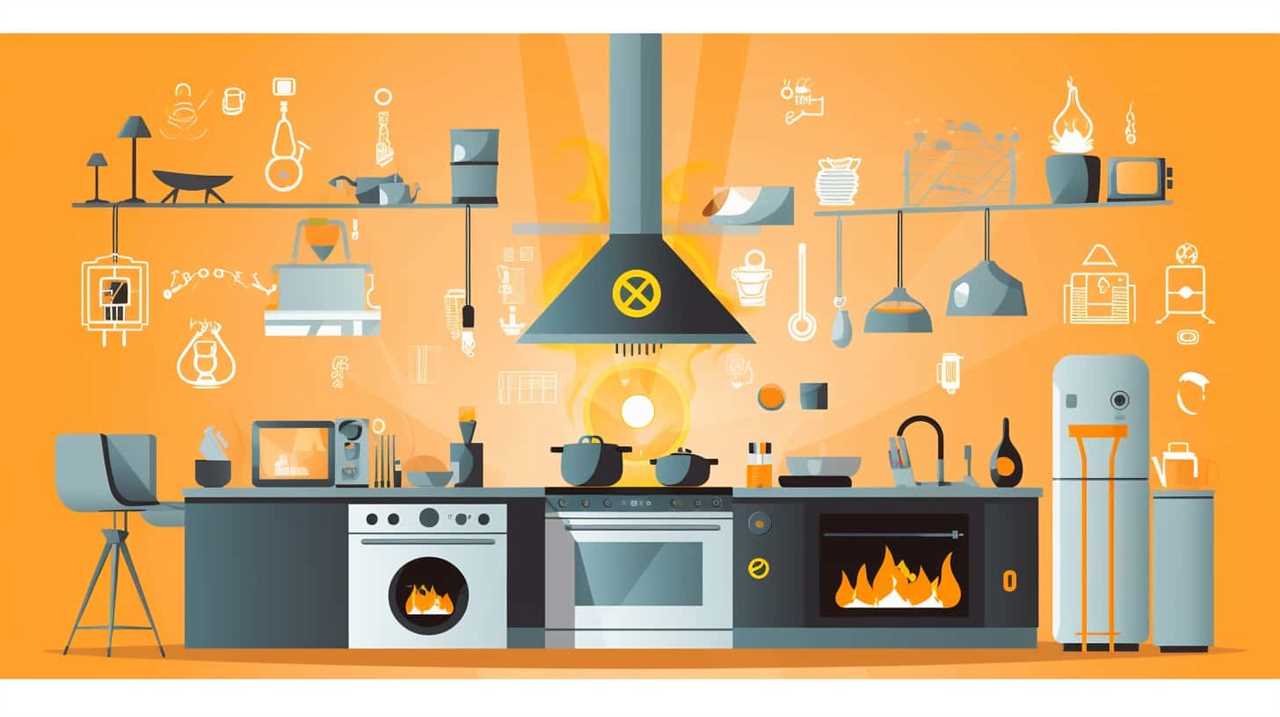
Here are four key points to consider about reducing phantom power:
- Many electronic devices, such as televisions, game consoles, and chargers, continue to draw power even when not in use.
- Phantom power can account for a significant portion of your electricity bill over time.
- Using power strips with built-in switches can help easily cut off power to multiple devices at once.
- Unplugging appliances when they aren’t in use is the most efficient way to eliminate phantom power consumption.
Understanding and actively reducing phantom power can lead to significant energy savings and a more eco-friendly lifestyle.
Now, let’s explore the next section about unplugging for energy efficiency.
Unplugging for Energy Efficiency
To maximize energy efficiency and minimize phantom power consumption, it’s important to understand the concept of vampire energy and the benefits of unplugging appliances when not in use.
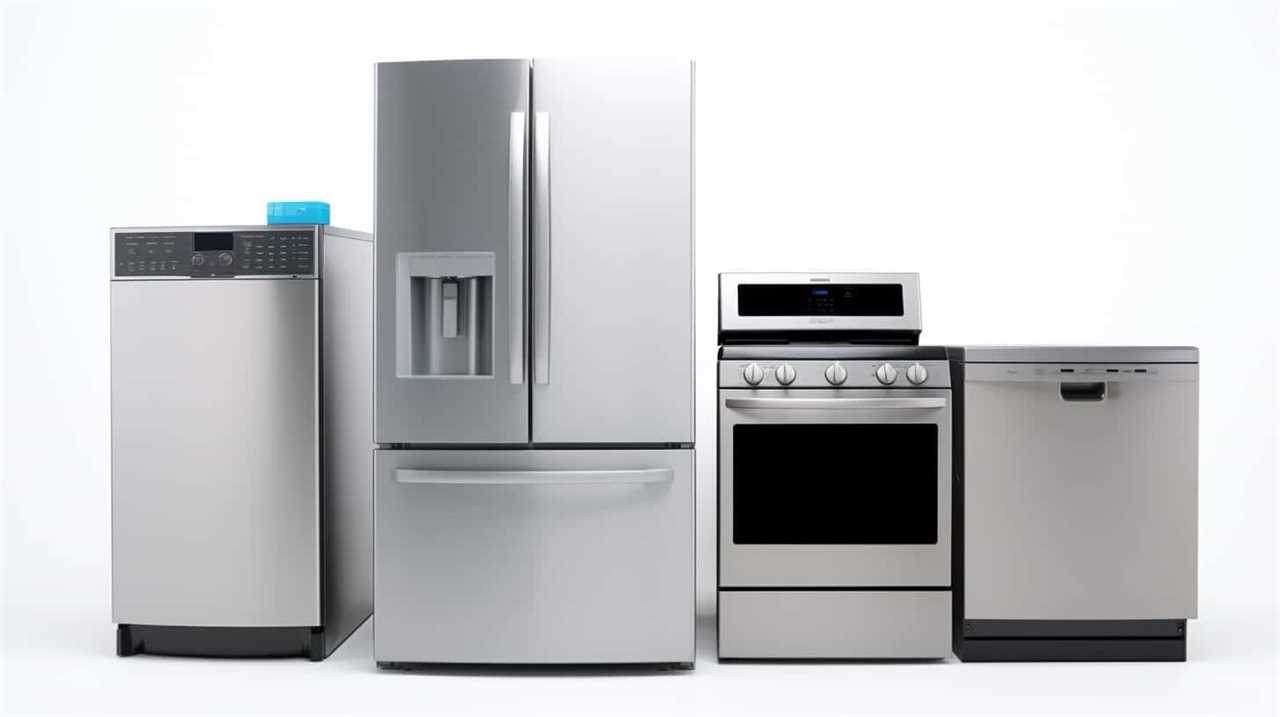
Vampire energy, also known as standby power or phantom power, refers to the energy consumed by electronic devices even when they’re turned off or in standby mode. Unplugging appliances when not in use can significantly reduce this wasteful energy consumption.
Smart home technology and energy-saving power strips can also help in managing vampire energy.
Smart home technology allows you to control and monitor your appliances remotely, ensuring they’re only using energy when needed.
Energy-saving power strips, on the other hand, can automatically cut off power to devices when they aren’t in use, eliminating vampire energy and saving you money on your energy bills.
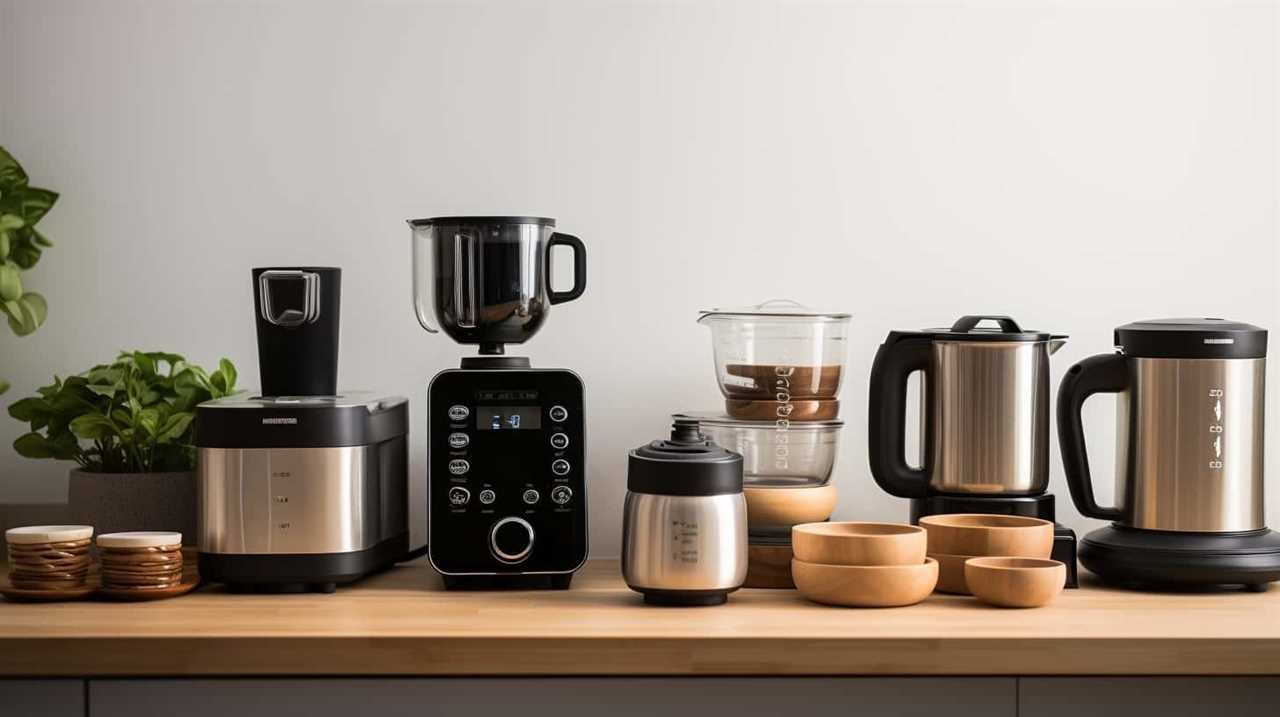
Examining Energy Consumption in Standby Mode
After analyzing energy consumption in standby mode, we found that turning appliances off at the wall can significantly save power. Here are some key points to consider:
- Energy saving technology: Smart power strips are an excellent option for reducing standby power consumption. These strips detect when a device is in standby mode and cut off power supply, preventing unnecessary energy usage.
- Benefits of smart power strips: By using smart power strips, you can eliminate standby power consumption completely. These strips also provide surge protection and can be controlled remotely, offering convenience and peace of mind.
- Standby power consumption: Many appliances consume power even when not in use. Devices like televisions, gaming consoles, and chargers continue to draw energy in standby mode, contributing to overall power wastage.
- Environmental impact: By turning appliances off at the wall, we can significantly reduce energy consumption and lower greenhouse gas emissions. This small action can have a positive impact on the environment and help us move towards a more sustainable future.
By understanding the energy consumption in standby mode and the benefits of smart power strips, we can make informed decisions to reduce power wastage and save energy.
Now let’s explore the impact of switching appliances off at the wall.
Impact of Switching Appliances Off at the Wall
Based on our analysis of energy consumption in standby mode and the benefits of smart power strips, we can see that switching appliances off at the wall significantly reduces power wastage. This has a direct impact on electricity bills, as it helps to lower energy usage and thus reduces the overall cost of electricity.
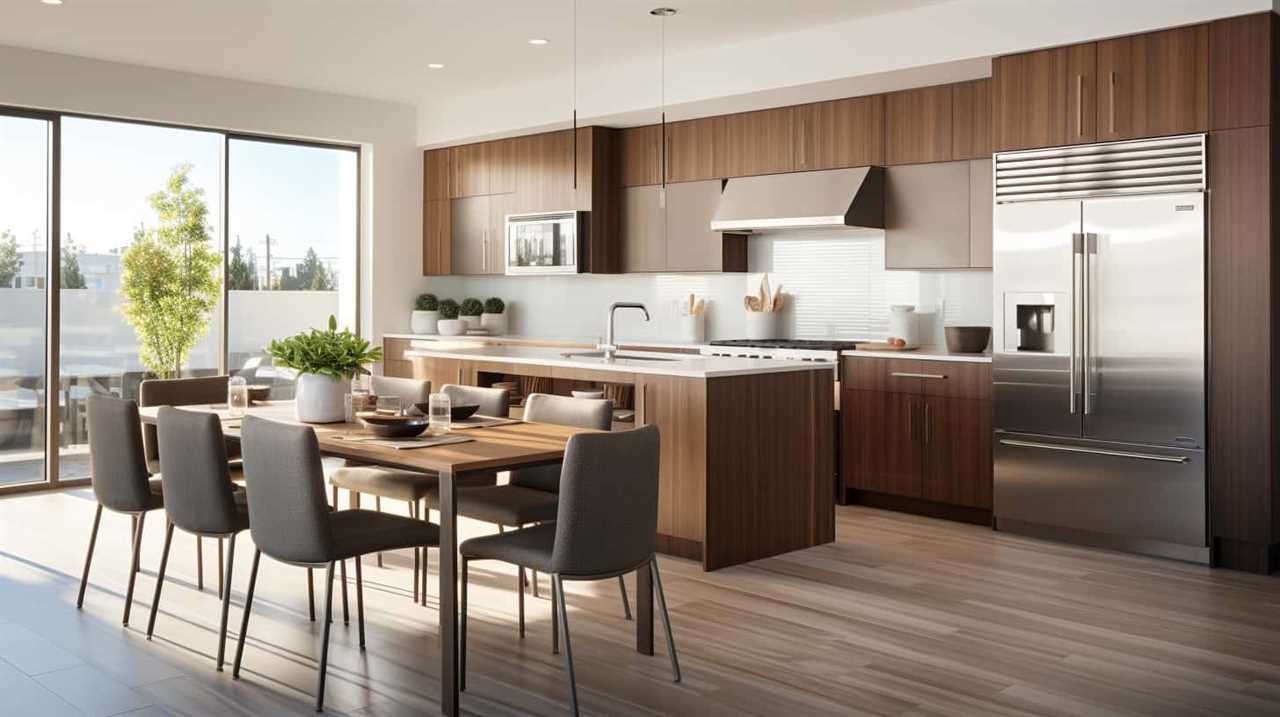
By turning off appliances at the wall, we prevent them from drawing power in standby mode, which can account for a significant portion of energy consumption. This not only saves money but also has a positive environmental impact.
Factors Affecting Energy Savings
When it comes to saving energy by turning off appliances at the wall, there are several factors that can influence the amount of energy saved.
One important factor is device standby power consumption, which refers to the amount of power an appliance uses when it isn’t in use but still plugged in.
Another factor is the energy-efficient power settings that appliances may have, which can significantly reduce power consumption.

Understanding and considering these factors can help maximize energy savings when turning appliances off at the wall.
Device Standby Power Consumption
We can reduce energy consumption by understanding the factors that affect device standby power consumption. Standby mode effectiveness and device power usage are important considerations when it comes to minimizing energy usage.
Here are four factors that contribute to device standby power consumption:
- Device design: Some devices are designed to consume less power in standby mode, while others may continue to draw significant amounts of power.
- Standby power settings: Adjusting the settings on devices can help reduce standby power consumption. For example, setting a shorter standby time or enabling power-saving features can make a difference.
- Device age: Older devices may not have the same energy-efficient standby modes as newer models, resulting in higher power consumption.
- Connectivity: Devices that are constantly connected to networks or have features like instant-on functionality tend to consume more power in standby mode.
Understanding these factors can help us make informed choices to minimize standby power consumption and promote energy efficiency.
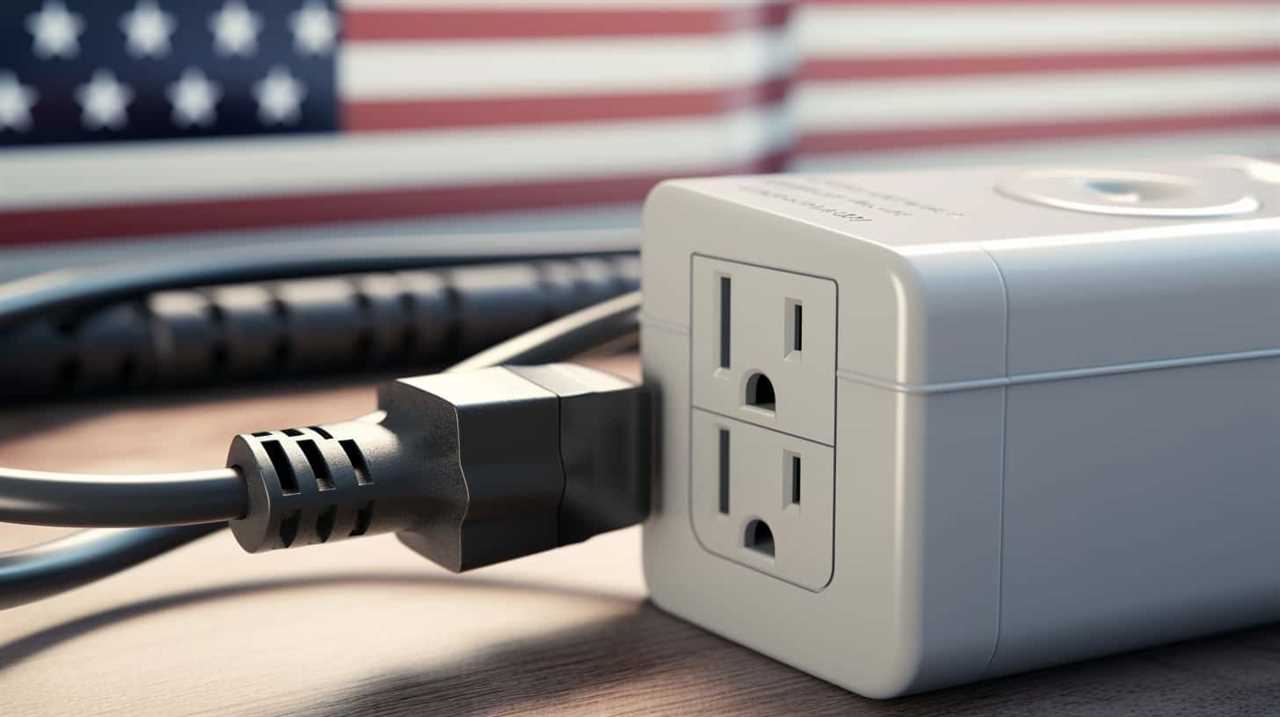
In the next section, we’ll explore energy-efficient power settings to further optimize energy usage.
Energy-Efficient Power Settings
To maximize energy savings, implementing energy-efficient power settings is crucial. Setting your appliances and devices to energy-saving modes can significantly reduce their power consumption. Here are some energy-saving strategies and power-saving techniques that you can apply:
| Device | Energy-Saving Setting | Energy Saved |
|---|---|---|
| Computers | Enable sleep mode or power management | Up to 60% |
| Televisions | Activate power-saving mode | Up to 50% |
| Air conditioners | Adjust temperature and use timers | Up to 30% |
Debunking Common Myths
Contrary to popular belief, turning appliances off at the wall doesn’t necessarily save power. While it may seem logical to assume that completely shutting off an appliance would eliminate any power consumption, there are a few misconceptions that need debunking.
Here are four common myths about turning appliances off at the wall:
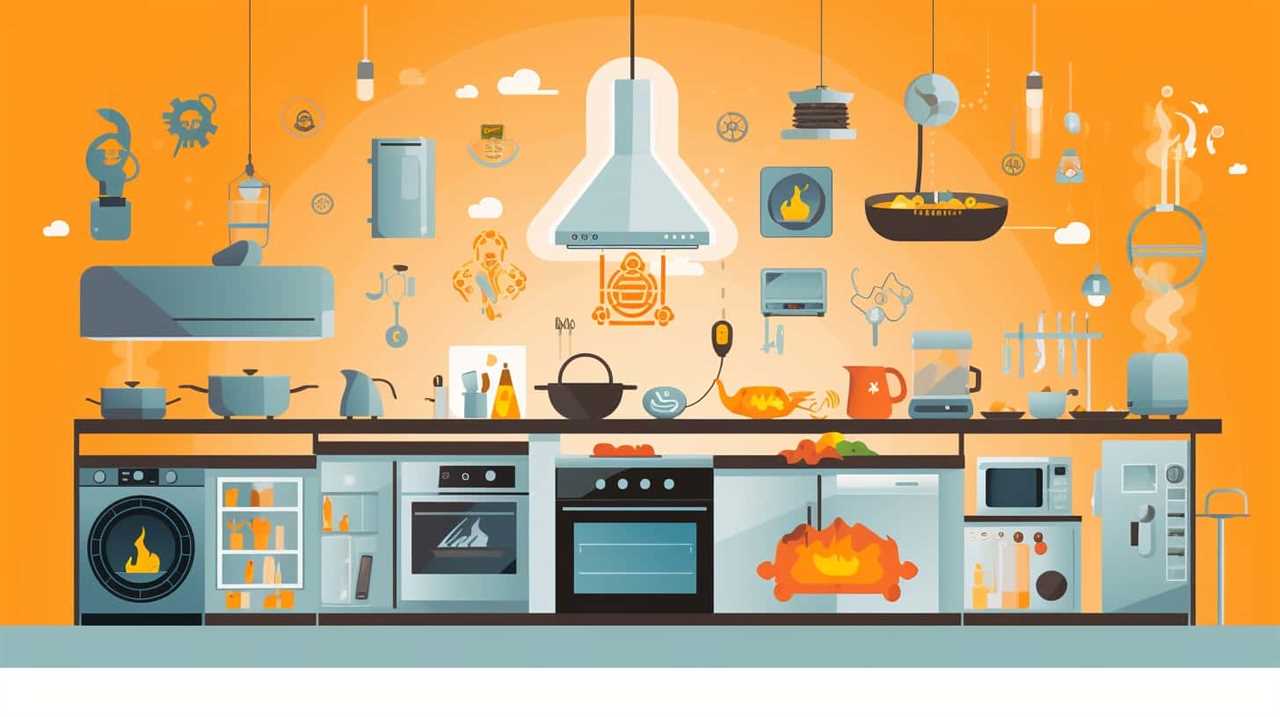
- Standby power: Many appliances continue to draw a small amount of power even when turned off, known as standby power. This power is used to maintain settings or enable quick startup. Therefore, simply turning off an appliance at the wall may not completely eliminate power consumption.
- Energy vampires: Some appliances, such as televisions and computer monitors, may continue to consume power even when switched off to power standby features or remote control sensors. Unplugging these appliances can help prevent unnecessary power usage.
- Power surge risks: Turning appliances off at the wall may increase the risk of power surges when they’re turned back on. It’s advisable to use surge protectors to mitigate this risk.
- Convenience and habit: It can be easy to forget to turn appliances off at the wall consistently, especially for frequently used devices. Developing a habit of unplugging or using power strips with switches can help overcome this challenge.
Tips for Efficient Energy Usage
To optimize our energy usage, it is important to implement practical strategies for efficient appliance operation. Developing energy-saving habits not only helps to reduce electricity bills but also contributes to a more sustainable environment. Here are some tips to help you save energy and lower your electricity costs:
| Energy Saving Habits | Description | Benefits |
|---|---|---|
| Unplug Unused Devices | Disconnect devices when not in use | Reduces standby power consumption |
| Use Power Strips | Group devices and turn off strip | Prevents energy waste from idle electronics |
| Adjust Thermostat | Set temperature to optimal range | Saves energy and reduces heating/cooling costs |
| Utilize Natural Light | Open curtains during the day | Minimizes reliance on artificial lighting |
| Choose Energy-Efficient Appliances | Look for ENERGY STAR certified products | Reduces energy consumption over time |
The Future of Energy-saving Technologies
Exploring emerging energy-saving technologies holds the key to a more sustainable future. As technology continues to advance, smart home technology is becoming increasingly popular. With smart home devices, homeowners can have more control over their energy usage and reduce waste.
These devices can automatically adjust thermostat settings, turn off lights when not in use, and even monitor energy consumption of individual appliances. Additionally, renewable energy sources are gaining momentum as a viable alternative to traditional fossil fuels. Solar panels, wind turbines, and geothermal systems are becoming more affordable and accessible, allowing homeowners to generate their own clean energy.
Frequently Asked Questions
How Much Energy Does Standby Power Consumption Account for in Households?
On average, standby power consumption in households accounts for a significant portion of energy usage. To reduce standby power consumption, we can turn off appliances at the wall when they are not in use.
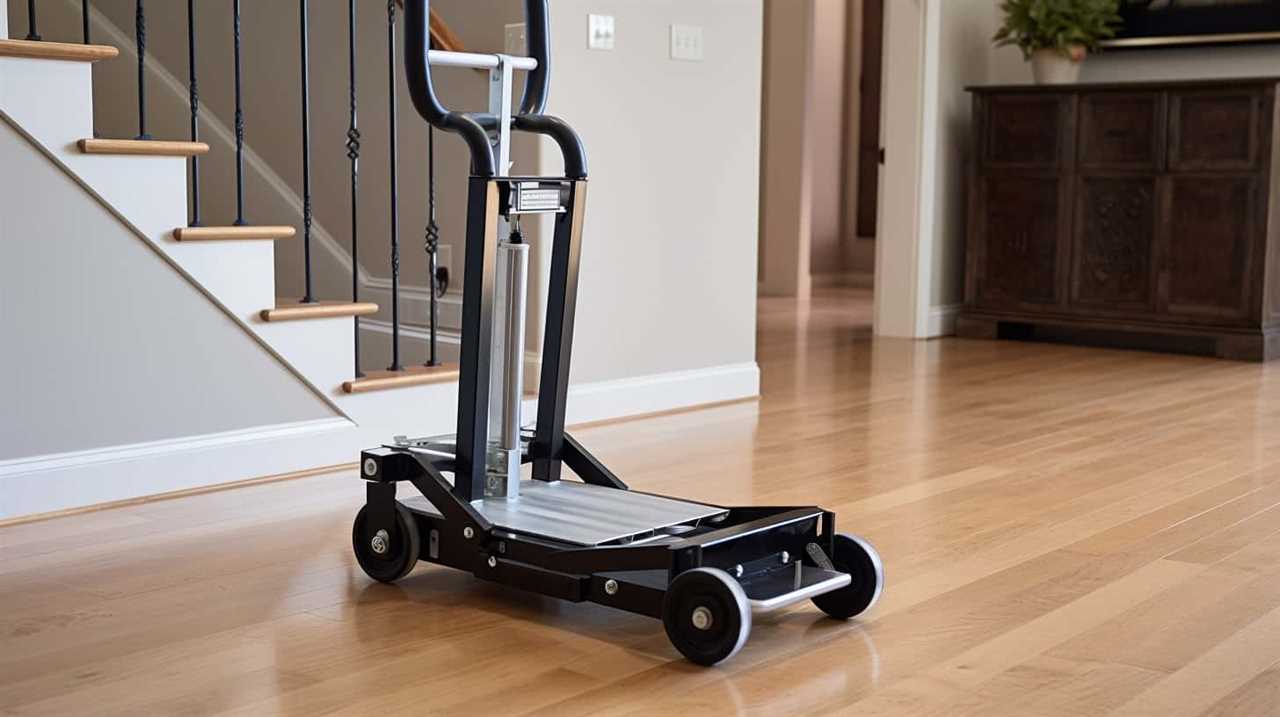
What Are Some Common Household Appliances That Consume Vampire Energy?
Common household appliances, such as TVs, computers, and game consoles, are notorious for sucking up vampire energy. We need to be vigilant and turn them off at the wall to save power.
Can Leaving Appliances on Standby Mode for Extended Periods of Time Damage Their Performance or Lifespan?
Leaving appliances on standby mode for extended periods can potentially damage their performance or lifespan. However, turning appliances off at the wall not only saves power but also prevents any negative effects on their performance.
Are There Any Specific Factors That Can Significantly Affect the Energy Savings When Switching Appliances off at the Wall?
Switching appliances off at the wall can save power, but certain factors affect energy savings. These factors include the environmental impact and cost savings. It is important to consider these factors when deciding to turn appliances off at the wall.
Are There Any Potential Drawbacks or Disadvantages to Turning Appliances off at the Wall?
There may be potential risks and an impact on convenience when turning appliances off at the wall. However, it is unclear without further context if these drawbacks outweigh the energy savings.

Conclusion
In conclusion, turning appliances off at the wall is a simple yet effective way to save power. By eliminating standby power and vampire energy, we can reduce energy consumption and lower our electricity bills.
It’s like unplugging the drain of wasted energy and watching our savings flow freely. So let’s make a conscious effort to switch off those appliances and embrace a more efficient and sustainable future.




